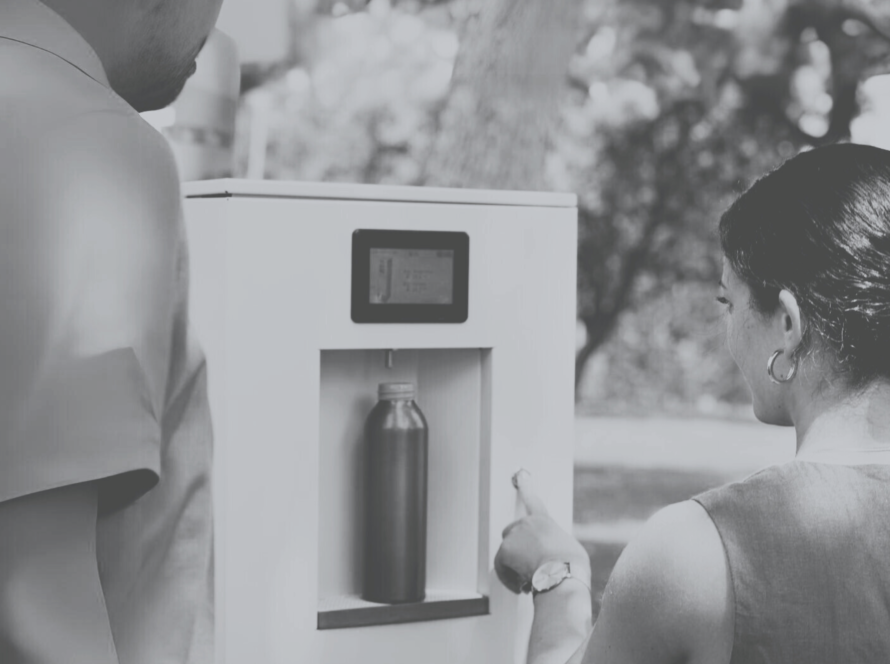The Middle East is facing an unprecedented water scarcity crisis, driven by climate change and rapid population growth. Currently, 16 of the 25 most water-stressed countries are located in this region, with Bahrain ranked as the most water-stressed globally [1]. The region’s arid climate, characterized by limited rainfall and high temperatures, exacerbates the situation, leading to a significant gap between water supply and demand.
Population Growth: The MENA region’s population has surged from 100 million in 1950 to approximately 380 million in 2000, and it is projected to reach 600 million by 2050 [3]. This rapid growth intensifies the demand for water, particularly for agriculture, which consumes about 85% of available water resources [2].
Climate Change Impact: Climate change is expected to reduce freshwater availability by up to 75% if temperatures rise by 4°C, a scenario many experts predict could occur by the end of the century [3]. Increased drought frequency and severity further threaten water supplies, making innovative solutions essential.
Innovative Solutions: To combat water scarcity, countries in the region are exploring various strategies. Desalination technology has become a critical component, with the Middle East housing the majority of the world’s desalination plants [2]. Additionally, investments in treated wastewater and rainwater harvesting are gaining traction, although these efforts are often hampered by political and economic challenges [2].
Addressing water scarcity in the Middle East requires a multifaceted approach that includes technological innovation, sustainable practices, and international cooperation. As stakeholders in the water industry, we must advocate for and invest in solutions that ensure equitable access to water for all.




